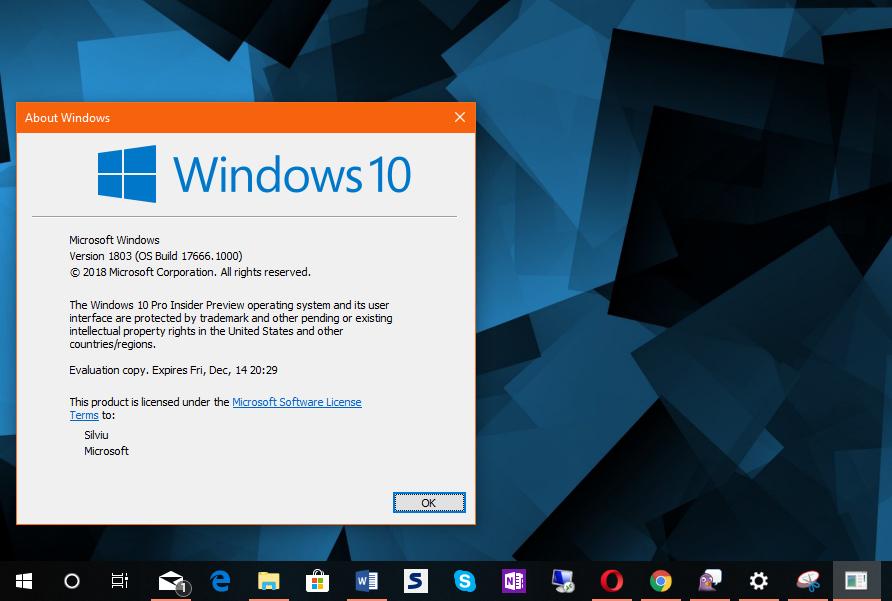

Reducing this value means that new images can be sent to the GPU earlier. In simpler terms, it refers to images placed in a buffer in the rendering queue. Today, our focus is on NVIDIA’s Ultra-Low Latency Mode, which is a new feature based on the “Maximum Pre-Rendered Frames” function, which has been in the NVIDIA Control Panel for over 10 years. What Is NVIDIA Low Latency Mode on Windows 10? Such a delay can affect your game in different ways, leading to multiple issues, such as delayed communication during gameplay. Network latency, on the other hand, is a delay between the gaming client and the multiplayer server, also known as “ping”.
#How to turn on previous versions windows 10 Pc
PC latency has the most impact on total system latency and is usually resolved by turning on the NVIDIA Ultra-Low Latency Mode. System latency is further categorized into three parts: PC latency, peripheral latency, and display latency. System latency affects various gaming parameters, like PC responsiveness, aiming precision, and peeker’s advantage. In gaming, players experience two types of latency (delay): system latency and network latency. What is latency anyway? The term “latency” describes a delay between the desired action and the expected outcome.
#How to turn on previous versions windows 10 how to
In this guide, we explain what NVIDIA’s Low Latency Mode is on Windows 10 and take you through a step-by-step guide on how to enable the NVIDIA Ultra-Low Latency Mode. Are you struggling with the “NVIDIA Low Latency Mode not showing up on Windows 10” issue? You’ve come to the right place.


 0 kommentar(er)
0 kommentar(er)
